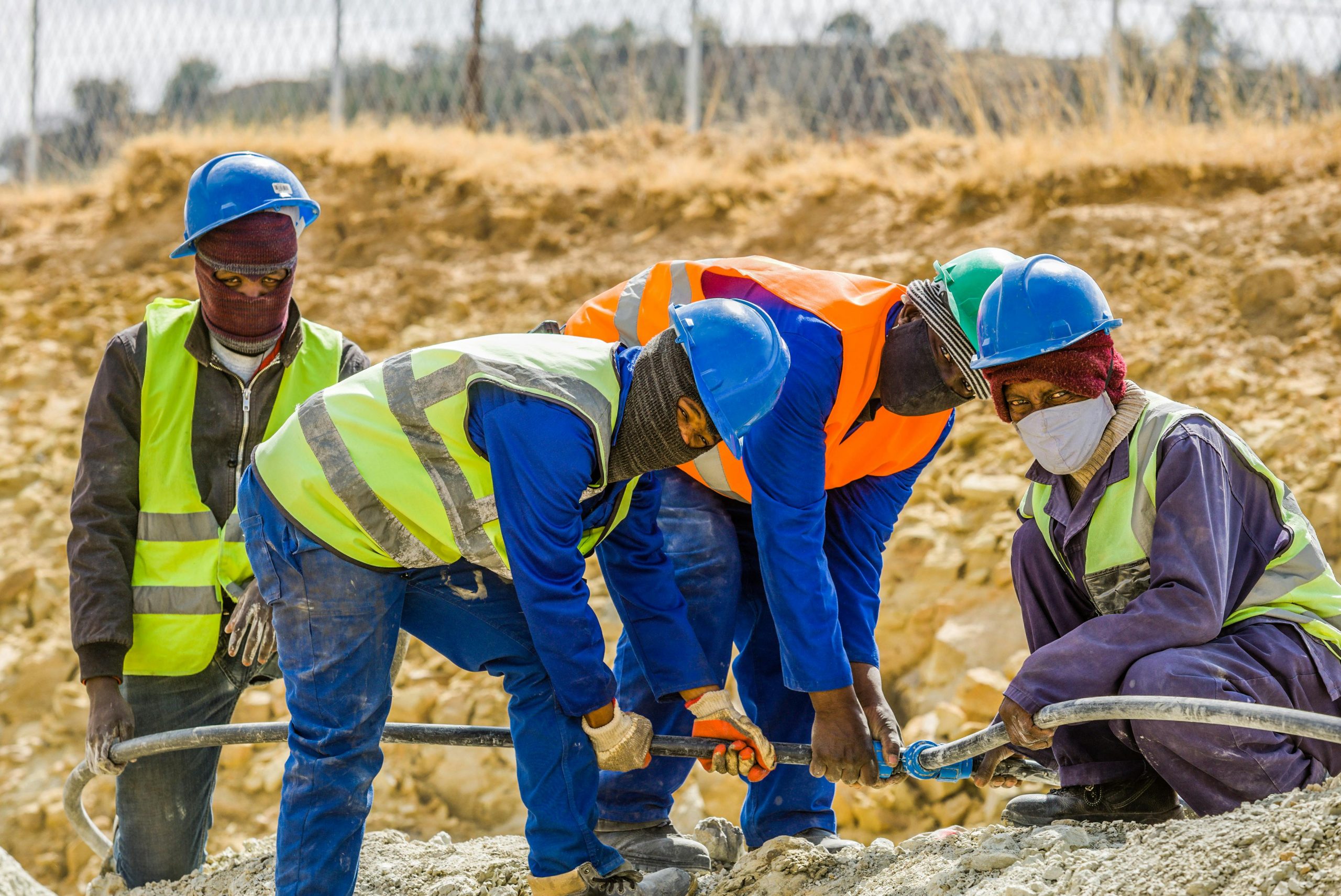In the ever-evolving landscape of workplace safety, engaging employees through dynamic and effective methods is more important than ever. Traditional safety briefings and paper manuals no longer suffice to capture the attention and commitment of workers, especially in high-risk environments like construction sites. The rise of an online safety training platform combined with robust construction site safety software has revolutionized how companies approach safety education, making it more accessible, interactive, and impactful.
Transforming Safety Culture with Online Safety Training Platforms
An online safety training platform offers a unique opportunity to transform the safety culture within an organization. Unlike conventional training methods, these platforms provide a flexible and user-friendly way for employees to learn crucial safety protocols at their own pace. This flexibility is especially critical in construction, where workers’ schedules can be unpredictable and onsite demands are intense.
By utilizing a comprehensive construction site safety software system alongside the training platform, companies ensure that learning is not only theoretical but deeply connected to real-world applications. The integration of interactive modules, video demonstrations, quizzes, and scenario-based learning within the online safety training platform enhances knowledge retention and encourages active participation. This interactive approach fosters a deeper understanding of potential hazards on construction sites, promoting safer work practices.
Enhancing Engagement through Interactive Features
The hallmark of a successful online safety training platform lies in its ability to engage users effectively. Passive learning often results in forgetfulness and lack of compliance, but interactive tools embedded in modern training platforms change that dynamic. Features like gamification, real-time feedback, and collaborative challenges create an immersive learning experience that resonates with employees.
When paired with sophisticated construction site safety software, these platforms allow trainers to track progress, identify knowledge gaps, and tailor content to individual or group needs. This level of customization ensures that training remains relevant and continuously improves, fostering a sense of ownership among workers. Engaged employees are more likely to internalize safety practices and act responsibly, reducing accidents and injuries.
The Role of Construction Site Safety Software in Training Effectiveness
Construction site safety software plays an indispensable role in reinforcing the lessons learned through an online safety training platform. These software solutions typically include tools for hazard identification, incident reporting, and compliance tracking. When seamlessly integrated with the training platform, they offer a holistic safety ecosystem that supports both education and practical application.
For example, after completing an online module about fall protection, employees can use the construction site safety software to report potential fall hazards or near misses in real time. This immediate application of knowledge strengthens the learning cycle and helps management monitor safety performance closely. Such synergy between training and software tools results in measurable improvements in site safety and overall productivity.

Accessibility and Convenience Drive Adoption
One of the greatest advantages of an online safety training platform is its accessibility. Workers can access training materials anytime and anywhere, whether on a desktop, tablet, or mobile device. This is especially beneficial for construction teams often working in remote or varied locations. The convenience of online training encourages more consistent participation and ensures that safety education does not disrupt project timelines.
Incorporating construction site safety software further enhances this accessibility by providing mobile-enabled features that workers can use directly on the job site. Instant access to safety checklists, hazard alerts, and reporting functions empowers employees to stay vigilant and responsive throughout their shifts. The combined use of an online safety training platform and construction site safety software creates an environment where safety is continuously reinforced, no matter where the work takes place.
Measuring Impact and Continuous Improvement
To truly engage employees with safety training, organizations must focus on measurable outcomes. The integration of an online safety training platform with construction site safety software allows safety managers to gather data on employee performance, training completion rates, and incident trends. This data-driven approach supports informed decision-making and targeted improvements in training content and site protocols.
By regularly analyzing these insights, companies can adapt their training strategies to address emerging risks and ensure compliance with evolving regulations. Employees see that their feedback and performance matter, which further motivates engagement and accountability. The continuous feedback loop established through these tools makes the entire safety program more resilient and effective over time.
Building a Safer Future with Technology
Ultimately, engaging employees in safety training through an online safety training platform and construction site safety software is about building a safer workplace culture. These technologies break down barriers of time, location, and traditional training limitations, making safety education more inclusive and impactful.
The construction industry, with its inherent hazards and complexities, stands to gain immensely from adopting these integrated digital solutions. Employees equipped with interactive training and supported by real-time safety software are better prepared to recognize risks and prevent accidents. This proactive approach not only protects workers but also contributes to smoother operations and cost savings.
As technology continues to evolve, so too will the capabilities of online safety training platforms and construction site safety software. Organizations that embrace these tools today position themselves at the forefront of safety innovation, ensuring that their workforce remains engaged, informed, and secure.



